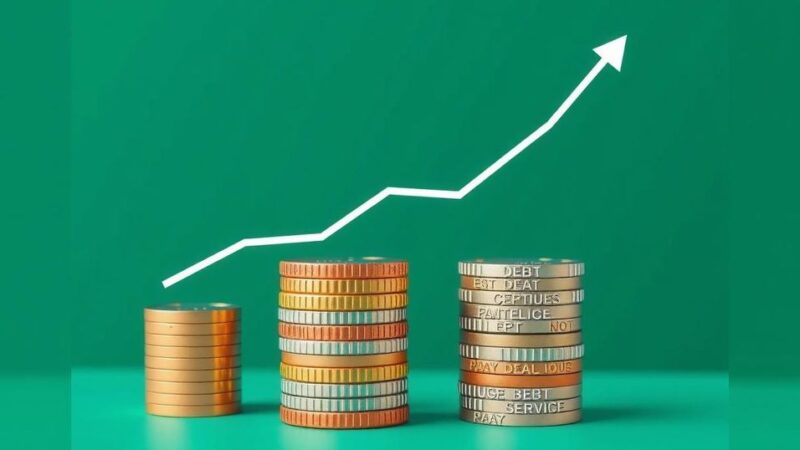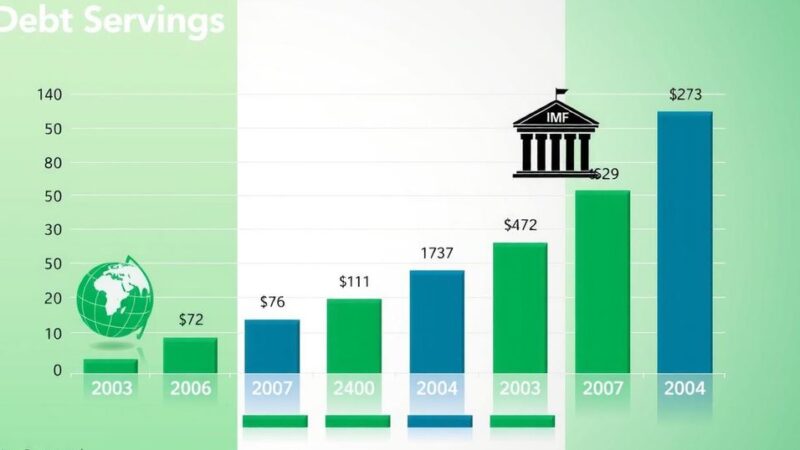Namibia has seen a substantial increase in the prices of alcoholic beverages, particularly white spirits due to external factors such as the Russia-Ukraine conflict. Beer consumption remains high, with the country ranking seventh worldwide for per-capita beer consumption. Alcoholic beverages represent a notable percentage of household expenditures, with significant regional variations in consumption patterns that are affected by income levels. The impact of inflation may lead consumers to seek more economical options.
Since the close of 2019, the average price of white spirits in Namibia has surged by 74%, while beer prices have risen by 26%. The spike in white spirits prices is attributed to inflation in 2022, driven by the Russia-Ukraine conflict which disrupted grain supply used in the production of vodka and gin. Other alcoholic beverages, such as champagne, brandy, wine, and whiskey, have mirrored beer’s pricing trends.
In 2022, Namibia’s annual per-capita beer consumption was reported at 85 liters, positioning the country seventh globally for beer consumption. Beer constitutes the second-largest item in the Namibia Consumer Price Index (NCPI), representing 7% of the total consumer basket, while overall alcoholic beverages account for 10% of household expenditures in the NCPI reference period of 2009.
Expenditure patterns indicate that beer and white spirits are more frequently consumed in northern Namibia, contributing 8.8% and 0.6% of total northern expenditure, respectively. In contrast, brandy, whisky, champagne, and liqueurs are more favored in the southern regions, specifically zone 3, comprising 0.7% and 0.5% of total expenditure.
Windhoek residents allocate 1.7% of their expenditures to wine, reflecting a regional preference. Notably, northern regions exhibit the highest alcohol consumption levels with 11.8% of total expenditure dedicated to alcoholic beverages; the southern coast and Omaheke region at 10.4%, and Windhoek at a comparatively lower 7.9%. However, the higher income levels in Windhoek imply that even with similar expenditures, alcohol costs form a smaller percentage of total spending than in other areas.
The impact of moderate inflation may compel consumers to opt for less expensive beverage options or cease consumption altogether, influencing the alcoholic beverage market in Namibia. It is advisable for patrons to appreciate locally available affordable draught options, priced at N$20.
Stay informed with The Namibian – your source for credible journalism. Get in-depth reporting and opinions for only N$85 a month. Invest in journalism, invest in democracy – Subscribe Now!
In summary, Namibia’s alcoholic beverage market has experienced significant pricing increases since late 2019, particularly due to external factors affecting production costs. Beer remains the predominant alcoholic beverage consumed, greatly influencing household expenditures. Regional consumption patterns vary, with northern regions exhibiting higher percentages of expenditure towards alcohol. The potential effects of inflation may alter consumer behavior, prompting them to seek affordable alternatives. Staying informed about these trends is crucial for understanding the broader economic landscape in Namibia.
Original Source: www.namibian.com.na






